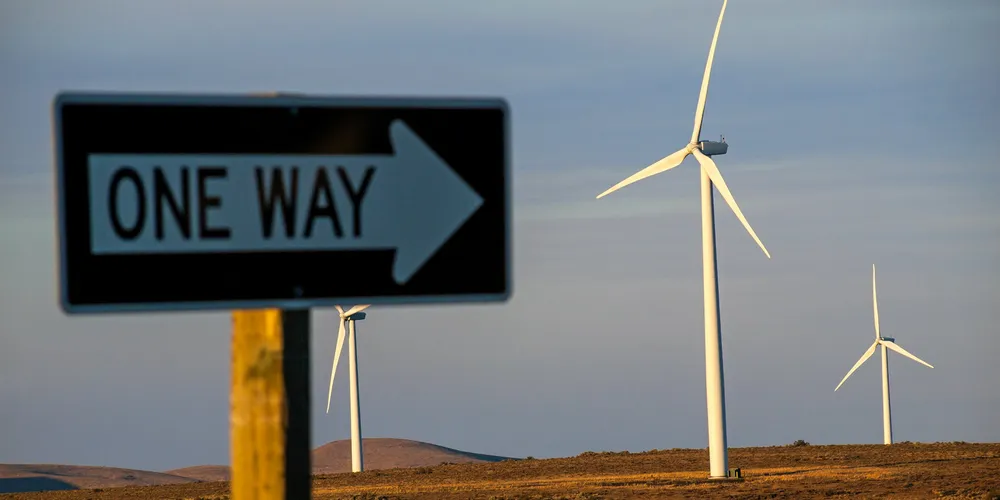Onshore wind U-turn ahead? | UK energy minister said to back renewables boom after Ukraine
Kwasi Kwarteng reportedly behind calls to set big targets for wind and solar on land that have for years been stymied by party's policies

Kwasi Kwarteng reportedly behind calls to set big targets for wind and solar on land that have for years been stymied by party's policies
